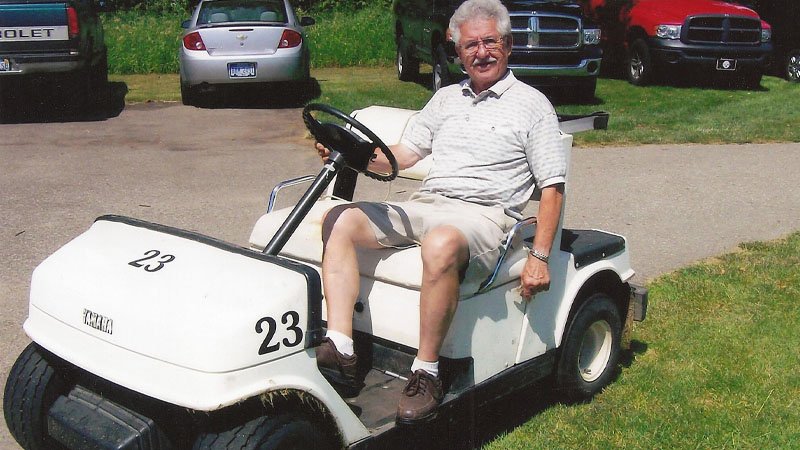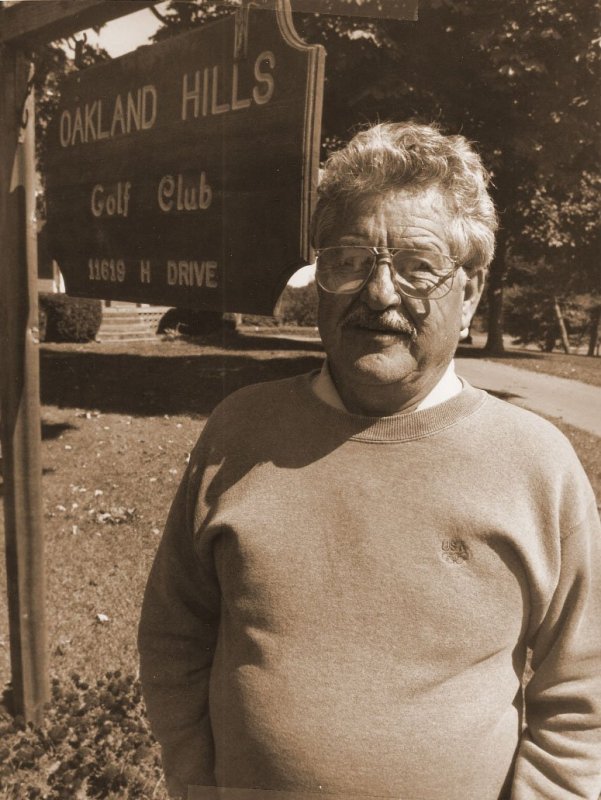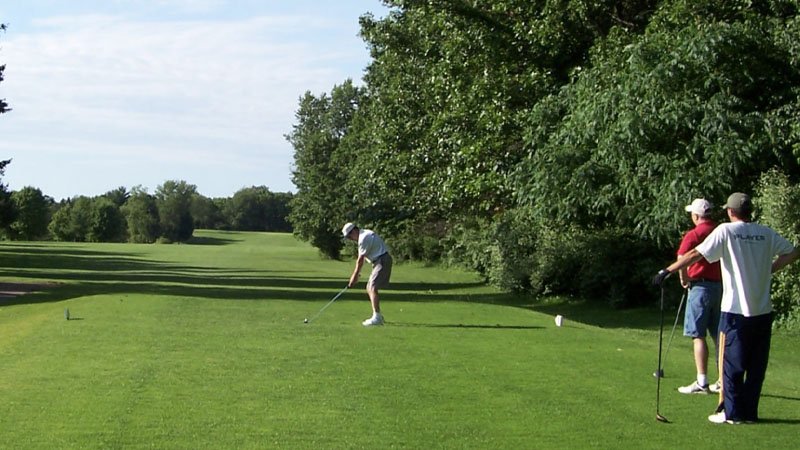
No question about it; Oakland Hills Golf Course in Michigan has a riveting history that is a shining example of the American Dream.
Not the Oakland Hills in suburban Detroit that was designed 100 years ago by Donald Ross and has been the site of several major championships, including six U.S. Opens, three PGA Championships and a Ryder Cup. This Oakland Hills is 120 miles away in Battle Creek. Although not quite as famous as its upper crust namesake, the Battle Creek version of Oakland Hills is just as important to the game's history as well as its future, and its story is equally compelling.
 Oakland Hills was founded 50 years ago by George Nickolaou, an ethnic Macedonian immigrant from Greece who, like something out of a Horatio Alger novel, came to America in 1951 with little more than the clothes on his back and became a prosperous businessman.
Oakland Hills was founded 50 years ago by George Nickolaou, an ethnic Macedonian immigrant from Greece who, like something out of a Horatio Alger novel, came to America in 1951 with little more than the clothes on his back and became a prosperous businessman.
"He came to this country penniless," said Nickolaou's son, also named George. "He became a multi-millionaire by working hard and listening to people smarter than him."
A successful restaurateur, the elder Nickolaou built a daily fee golf course that became immensely popular with the Battle Creek community because of its superb playing conditions and fair price. It is the kind of place where most people first take up the game and where the unwashed masses play it.
Nickolaou died in 2017 at the age of 86, but his legacy lives on thanks to his son, who now owns the course that still plays an important role in the growth of the game at a grassroots level.
After arriving in the U.S. during the Korean War, the older Nickolaou established a series of eateries, first a drive-through, then an Italian restaurant and finally a club that became a local Battle Creek hotspot for drinking and dancing. He knew nothing about golf until patrons of his restaurant invited him to play at their club. He was so smitten with the game, he took a few lessons and soon became a nearly scratch player.
In the 1970s, there already were about a half-dozen golf courses - a mix of public and private - operating in the Battle Creek area. A true renassaince man, Nickolaou was a man of many talents. A successful restaurant owner, he also taught lessons at an Arthur Murray dance studio. When it came to operaing a golf course, Nickolaou thought he could do as well or better than others in the Battle Creek area, and he bought 200 acres of farmland to prove it.
With no knowledge of how to build a golf course or maintain one, Nickolaou read everything he could get his hands on with plans to build a course that anyone could play.
"He was tired of the long hours of the restaurant business and thought he would like to be outside," Nickolaou said. "There were two ways of looking at it - he could build a Nicklaus or Palmer course and charge a lot, or he could build something challenging that people would enjoy visiting and playing rather than crossing it off a bucket list."
Rather than invest in a Nicklaus design, he saved his money and went with an original Nickolaou, building the original nine holes in 1973 and adding the second nine four years later. His son, now 65, was a sophomore in high school then and helped his father with all the dirty work. Much of their work was done overnight after the family restaurant closed.

"He was looking for an architect to design a golf course," Nickolaou said. "When I found out what that cost, he learned to do it himself. If the course was too difficult or too expensive, who is going to sustain that?
"He rented the equipment - a front end loader and bulldozer. He read books on design and soil structure. He was a scratch golfer with a green thumb and a wallet. I was a boy scout who could read a topographic map. This course does not have the right to be as good as it is."
The older Nickolaou developed his own soil mix when building putting greens, and his son insists that the composite still holds the key to Oakland Hills' playing conditions. Just like KFC's 11 herbs and spices, the mix remains a closely guarded secret. All he will share is "it was atypical for golf courses in the 1970s."
"Only three people know how we did it," Nickolaou said. "If I told you, the secret's out, so I still won't tell anyone."
Nearly a half-century later, Nickolaou subjectively says his father's dream still has the best greens in the area.
"We're still here and doing well in a challenging market, because he built something with legs that has endured through good times and bad. He made it straightforward and easy to maintain. This course is all about the grass, the bunkers and the trees," Nickolaou said. "He started with nine holes and never cut corners. When he had enough money he built the second nine. His reach never exceeded his grasp. He never went for the unattainable. They don't make them like him anymore."


